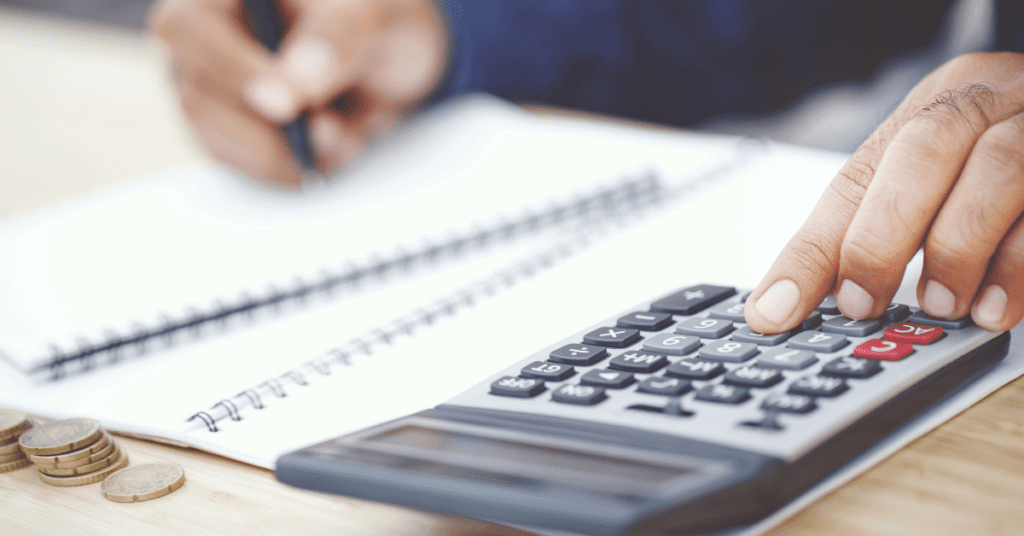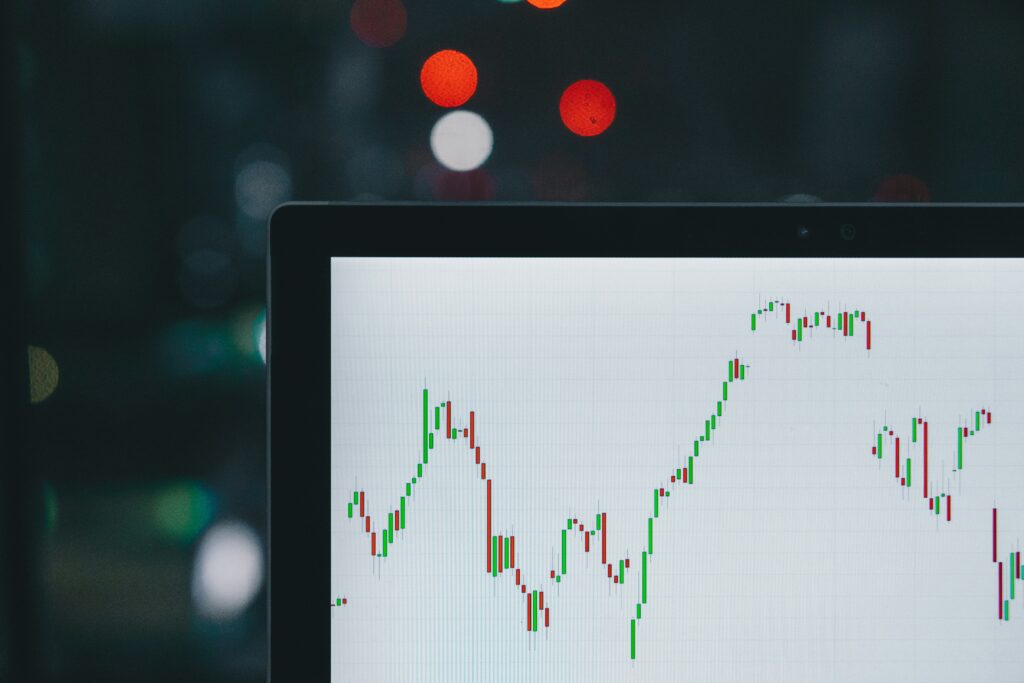A Director’s Loan Account (also known as a Director’s Current Account) is a record of transactions between a Director and their business, outside of normal transactions like their salary or dividend.
Unlike a sole trader, a Limited Company is a separate entity and therefore, any money made by the business belongs to the business, not the Directors. Even if you are the only director, you need to be careful when borrowing money from your company.
Is a Director’s Loan Account Legal?
Whilst there is nothing wrong with having a Director’s Loan, there is some small print that you need to understand to avoid potential difficulties down the line. A few of these include:
- You must repay the full value of the loan within 9 months of your company’s year-end accounts or else there will be significant tax due,
- You have to keep records of all transactions, in case of an HMRC investigation, and
- In Insolvency, a Director’s Loan is counted as an asset of the company and Directors will be made liable.
Do I have to pay tax on a Director’s Loan Account?
If you repay within 9 months
If your loan is below £10,000 and you repay it within 9 months of your year-end accounts, you do not have to pay any tax. However, if it is more than £10,000 it is classed as ‘benefit in kind’ and HMRC requires that you pay income tax on this. As it is seen as employment income, the company must also pay National Insurance on it.
If you don’t repay within 9 months
After 9 months HMRC will charge the company a tax penalty known as S455. This is currently charged at a rate of 32.5%. If the amount is more than £10,000 there are also national insurance and tax implications.
This means that the amount you owe will continue to grow until you repay your debt. Failure to pay could ultimately result in personal Bankruptcy.
Is interest charged on a Director’s Loan?
The interest rate on a Director’s loan is determined by your company. If the interest charged is less than the official rate, HMRC may consider the discount given to the Director to be a “benefit in kind.” This means that the difference between the official rate and the rate you actually pay may be charged to you as the Director. On the whole value of the loan, Class 1 National Insurance (NI) contributions will be due at a rate of 13.8%.
Director’s Loan Account in Insolvency
Liquidation, or any form of corporate insolvency, becomes the ‘point of crystallisation’ in terms of the company’s financial status and liabilities becoming due to the company. The DLA then is accounted for in either a Statement of Affairs or a closing Balance Sheet for the failed company.
It should be noted that the Insolvency Practitioner appointed will look beyond the company accounts. They will then scrutinise all transactions to ascertain whether the DLA is higher. If your accounts have been completed incorrectly, a Director’s Loan is open to scrutiny in terms of the actual balance owed. A liquidator will prepare their own accounts, and these are unlikely to favour the Director. This could potentially leave you paying more than you actually owe.
Once the Insolvency Practitioner completes their investigation, the balance outstanding on the Director’s Loan Account is a debt owed to the company. The liquidator will see it as an asset of the business and look to recover it, through whatever means are required. This means you will become personally liable for the full amount and could face legal action, or even Bankruptcy if you do not pay it back.
Illegal Dividends
If as part of their review, the liquidator believes the accounting records to be incorrect and profits are overstated, they will look to recover what are deemed to be ‘illegal dividends’.
In simple terms, the company must have made enough money to allow dividends to be taken.
It is not a defence to claim that these dividends were based on projected profit. The dividends must be paid on the actual profit of the company.
Prior to Covid-19, some directors took dividends based on projected profit for 2020, however, nobody anticipated the impact the Virus would have on business and that once anticipated profit turned into a loss. The dividends taken became illegal and due back to the company.
If the dividend is deemed illegal, then this will form part of your overdrawn Director’s Loan Account.
What are the options?
As with any debt or insolvency situation, quick action is key. Burying your head in the sand will only make the issue worse over time.
Although a Director’s Loan Account is a complicated issue, there are simple solutions in place. Our team of business specialists have helped hundreds of directors who find themselves in financial difficulty. If you are worried about your company’s financial health or your personal liability, contact us to find out your options.
You can call us on 0333 305 4331 or email [email protected]



